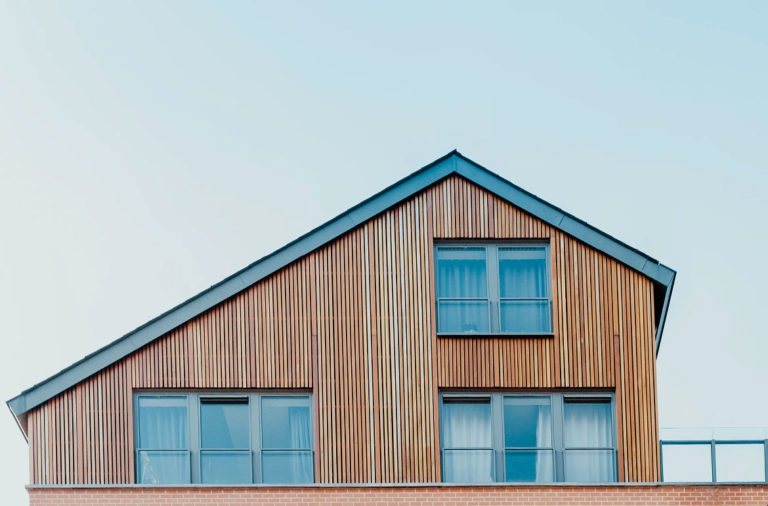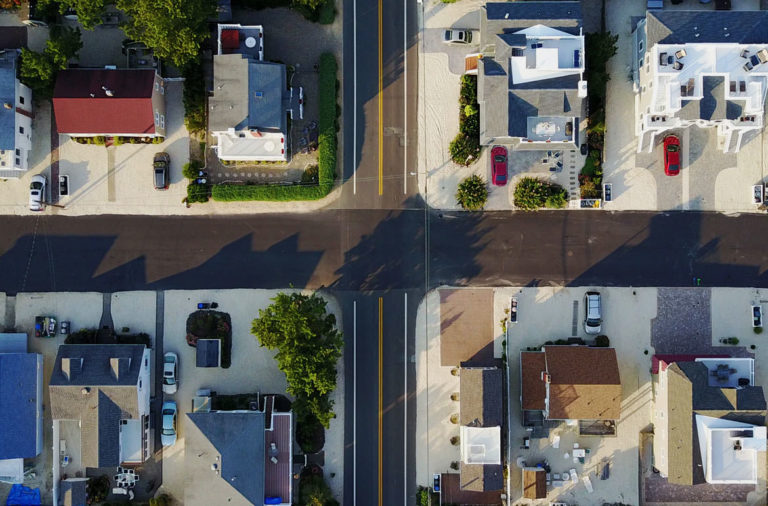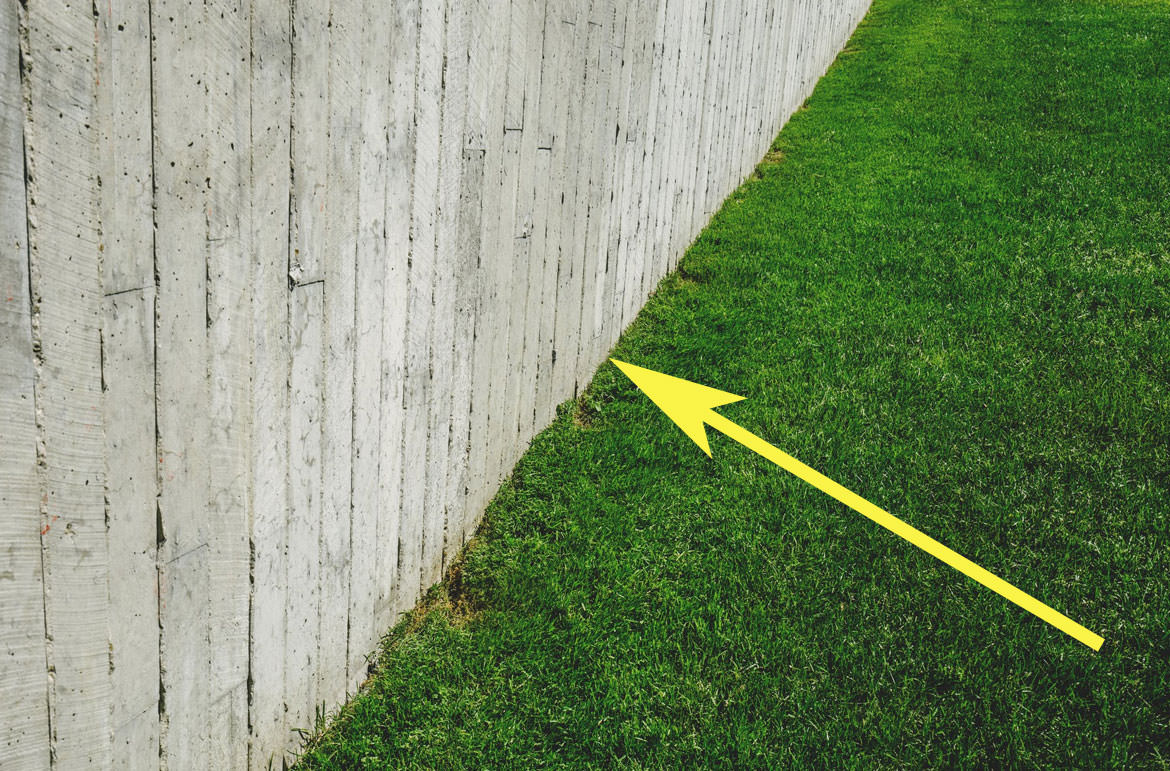
When designing your granny flat, a very important thing to consider are the regulations regarding setbacks – so, what are granny flat setbacks?
If your property is 900sqm or less, the granny flat must be at least 3m from the back of your lot and 0.9m from side boundaries. If your lot is larger than 900sqm, the setbacks begin to get larger. Other things that have an impact on your setbacks include the height of your building.
Today I will discuss how to measure the setbacks for your granny flat.
DON'T PAY A FORTUNE FOR YOUR GRANNY FLAT. Find out how to deal with council and build a granny flat for the lowest cost possible. Learn More.
This includes where the measurements are taken from. I will list and provide examples of common scenarios for setbacks. I will talk about the height restrictions and how these change your setbacks.
I will discuss when, or if, these rules can be altered and let you know what will happen if you don’t keep to these setbacks. Finally, I will discuss what designs work best to abide by the setback regulations.
How to Measure Setbacks for a Granny Flat
The definition of a setback is how far from a boundary your property can be built. There are rear, side and front setbacks.
They are all measured from the closest point of that boundary line to the nearest building line.
You measure them at a horizontal distance (at 90 degrees).
The setbacks for your granny flat can vary for what is allowed by council and this is mainly based on your lot size. Although other criteria such as the height of your building or your lot type will also alter the regulations.
I will discuss these under the sub headings below.
Where are Measurements Taken From
As mentioned, there are generally 3 types of setbacks;
- Rear.
- Side.
- Front.
They are all measured from;
- The closest boundary line (i.e. rear, side or front)
TO
- The closest point of the building line.
See examples of how the measurements are taken in the pictures below.
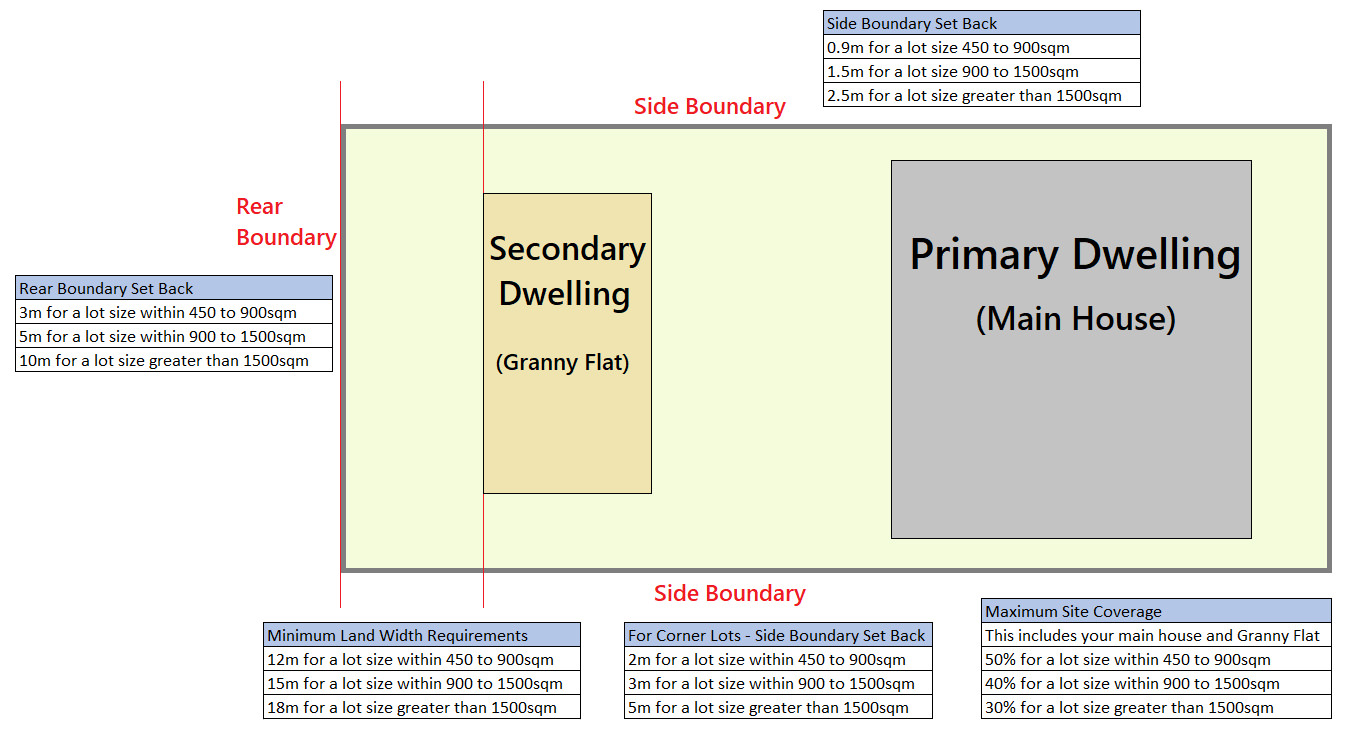
Boundary Dimensions
List of Common Scenarios for Setbacks (Examples Shown)
For the setbacks that apply to your building, you must take into account your lot type.
- Standard Lot – A standard lot is one that is not a battle-axe lot, corner lot or a parallel road lot.
See This Document to find out a little more information
- Corner Lot – A lot that has 2 connecting boundaries, with a road/s that join at an angle under 135 degrees.
The difference with a corner lot is to determine your boundaries, you must;
- Determine which is your primary road (it is the road facing the front of your primary home). You will then know which road to use as your front setback, and which are your rear and side boundaries.
- Parallel Road Lot – A lot that has boundaries with 2 parallel roads, not including a lane.
With a parallel road lot you must distinguish your primary road. It is also the road that faces the front of your main home.
So, you have a parallel setback instead of a rear setback. This is the road that faces the back of your primary home.
The parallel setback is 3m for all block sizes (unless the parallel road is not a classified road).
- Battle-axe Lot – This is a lot behind another, that has access to a road by an access laneway.
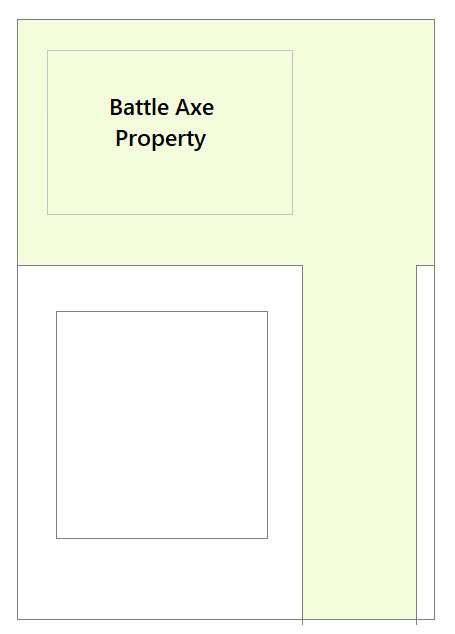
Example of a Battle Axe Property
The difference with a Battle-axe block is that it must have an access laneway a minimum of 3m wide. You can then dismiss any rear setback regulations as these are not applicable to the access laneway.
Height Restrictions and Setbacks for Your Granny Flat
The State Environmental Planning Policy (SEPP) for Affordable Rental Housing specifies that:
- Granny flats can be built as long as their height does not exceed 8.5m.
However, the SEPP also states that the taller the building gets, the further its’ setbacks will increase, to compensate for its’ height.
As such, once a granny flat exceeds 3.8m, a formula is applied to calculate the setbacks required.
The table below shows this formula.

*Please note* H= Additional Height above 3.8m.
When I build my Granny flat I had to take this chart seriously.
As the granny flat I built was on a lot size 697sqm, and it was built on piers on sloping land. Therefore it meant the highest point of the granny flat was actually 4.8m from the ground.
Following this chart and the rules above, it meant my rear setback needed to be:
3 m + (4.8 – 3.8 m) x 3 = 6m from the rear boundary.
This almost caught me out as I thought I would be fine, after taking into account the height of the piers the thickness of the bearers and joists however I only have 40cm to play with. (At the end the Granny flat was 6.4m from the rear boundary.)
Be sure to feel comfortable with your setback guidelines before beginning any build, because when it comes to the final inspection when all is said and done it will be too late.
When Can These Rules be Altered?
These rules are altered if you have a larger block size.
If your property is 450 – 900sqm, you still must have;
- A side setback of 0.9m.
- A rear setback of 3m.
- A front setback of 4.5m.
However, a lot that is 900 – 1500sqm requires larger setbacks;
- At least 1.5m from the side boundaries.
- A minimum of 6.5m from the rear boundary line.
- No less than 5m from the front principal road.
A block size 1500sqm or more must have even bigger setbacks;
- 10m for rear and front setbacks.
- 2.5m for side setbacks.
*Please note, however, that the front setback for all properties needs to be either;
- The average setback of your two nearest properties (within 40m) that front the same principal road.
OR
- The minimum as stated above (whichever is greater).
There can also be exceptions to these rules above, due to specific circumstances and your block. However you won’t be able to apply for a CDC, your building plans will have to be submitted through a complete DA and you will have to consult council and your certifier to ensure you will be compliant.
What Happens if You Don’t Abide by These Setbacks?
There are many requirements and rules that are crucial to obey when building your secondary dwelling. These are general rules that you must abide by in order to get approval for your building.
As these rules are general, they are subject to your local councils’ requirements. So, you need to contact your council first and gain knowledge of their regulations.
Then and only then can you get your granny flat approved and start the building process. This can be done by lodging a Development Application (DA), which again can only be approved by your local council.
The requirements for a DA include submitting documents showing that you:
- Are abiding by your councils’ setback regulations as per your block type and size.
In some circumstances, your builder may be able to apply for lesser setbacks. However, this can slow your approval process. Most importantly though, you must be aware that it is illegal to undertake development without first obtaining your DA.
By doing so, you could be fined or face prosecution. So, it is not worth the risk. As these fines are know to be quite large.
What Designs Work Best to Maintain These Setbacks
To ensure your setbacks work with you and not against you, be sure to work with your block.
Take time to assess your property and its important factors, including;
- Shape
- Slope
- Size and the setbacks required
- Sewer lines
- Access practicality
It’s better to work with what you have, designing your area with your constraints in mind. You will achieve a better result. If you are not sure about checking these things out yourself, talk to a granny flat or building specialist.
They will be able to guide you through the steps and recommend a good design to suit you and your block. Some plans I can suggest you take a look at though, to get some inspiration, are below.
If you are confident in gaining an “owner-builder” license and building your own granny flat, view YVZ Kit Homes.
Their granny flat come in flatpack form, ready for you to assemble.
They are easy to customise to suit your needs, as their flexible floor plans mean you can:
Some great designs include:
- Sicilia 20 – Your teens retreat.
- Crete 10 – A garden cottage for guests.
- Cyprus Cabin – A home with a large verandah.
However, if you are not confident building your own home, check out Avalon Granny Flats.
Their compact, detached designs suit any property. They will work alongside you to help create something specific to your land, life and budget.
Some of their quality designs include:
- The Reef – Suited to any sloping block.
- Sky Island – A small home, with a garage included.
- Latitude – Great use of indoor/outdoor space and great views
- Harbourside – A modern twist on a classic style.
Conclusion
If your block size is 900sqm or less, the granny flat must have rear setbacks of 3m, side setbacks of 0.9m and front setbacks of 4.5m. However, once your lot gets larger, so do the setbacks required.
Many other things can have an impact on the setback regulations for your granny flat. Once your building exceeds 3.8m, the further its’ setbacks will increase, with a formula that calculates the distance.
You should also determine whether your granny flat is on a Standard Lot, a Corner Lot, a Parallel Road Lot or a Battle-Axe Lot. A Standard Lot will have standard regulations, but the other lots have different regulations due to their set-up.
The best way to know exactly what your regulations are is to contact your local council. They decide whether you get approval to build your granny flat, and you must abide by your setbacks to gain approval.
If you don’t obey their regulations, you can get a fine or even face prosecution. Therefore, I strongly suggest you contact your local council to find out your exact regulations.




